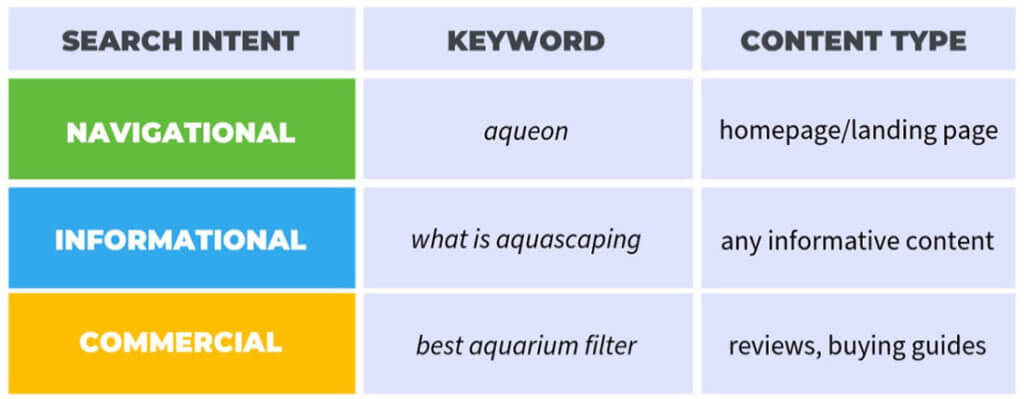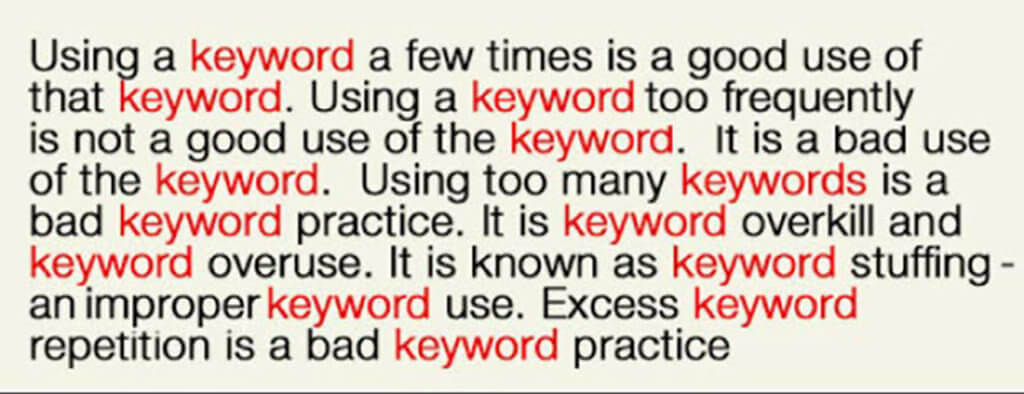6 SEO Copywriting Rules for Surviving 2020 and Beyond
Creating quality content is a vital part of search engine optimisation. Even if you have a very attractive website, ranking on search engines such as Google can be an uphill climb if you don’t have quality web content to offer. Because Google mostly determines your search rankings according to what you can provide your audience, it’s crucial to create the best pieces of content that you can.
It is no secret that Google loves to tweak its search algorithm. Whilst it is a win for everyday users because it means better and more accurate results for their search queries, it presents a challenge for both businesses and SEO professionals. With the rules changing constantly, how can you ensure that your web content is optimised for search engines?
How to Write Content Google and Your Audience Will Love
Indeed, there have been a lot of changes in how we do SEO over the last few years. However, you’ll be happy to know that the fundamental rules of SEO copywriting remain the same. Here are the basics of writing for your audience and search engines so you can survive 2020 and beyond.
1. Write with users’ keyword intent in mind
To put it simply, keyword or search intent is the reason or motivation behind a user’s online search. There are three general types of keyword intent:
- Informational – a user wants to learn more about something.
- Navigational – a user wants to visit a particular website.
- Commercial – a user want to purchase a product/service.
Because Google seeks to provide users with the best result possible, it rewards web content that closely matches a user’s keyword intent. Therefore, to get better search rankings, you should always consider what your target audience is looking for. Then, create content that will best fulfil their needs.
2. Create relevant content
When it comes to writing SEO-friendly content, relevancy is very important. Create content that resonates with your target audience and you’ll have a better chance of getting good search rankings on Google. However, whilst it is true that the search giant prizes relevancy, it’s also important to ensure that your content is pertinent.
An effective way to ensure the relevance and pertinence of your content is to target your main keyword in your content as soon as possible. For example, you can include it in the first sentence or first paragraph of your copy. Not only will this signal to Google that your content is relevant and pertinent, but it also notifies your audience that they are viewing the right blog post or webpage.
3. Never resort to keyword stuffing
Whilst it is important to add relevant keywords to your content, overdoing it to generate more organic traffic is never a good practice. This is what SEO professionals refer to as “keyword stuffing.”
There are several reasons why keyword stuffing would never work today. First and foremost, Google would tag your content as “spammy.” Whilst keyword stuffing was permitted before, using this strategy now would increase your risk of getting a penalty from the search giant.
Second, it would turn your audience off. Nobody likes reading content that is written for machines. Not only is it off-putting, but it also makes for horrible user experience. If you want to rank well on Google, always remember this golden SEO copywriting rule: write for people, optimise for search engines.
4. Top off your content with good headlines
Data showed that on average, only 20% of people will read the rest of your content after viewing your headline. This is why you should spend a significant amount of time crafting good headlines. Whilst it may seem like a waste of time, coming up with better and more interesting headlines for your content can help improve your organic click-through rates and page views.
Be as creative as possible when writing headlines. Use words and numbers that would pique your audience’s interest to encourage them to keep reading beyond your headlines.
5. Don’t forget about your meta tags
Meta tags need to be optimised because they are what show up on search engine result pages (SERPs) when a user looks up something on Google. Whilst you have a limited number of characters to work with, you should be creative and informative with your meta title and description. It is because many users click on a link after reading the meta tags.
Make sure to include the keywords you are targeting in your meta tags, too. Google also crawls them to determine if your content is relevant to a user’s search query.
6. Optimise for voice search
With 72% of people talking to their voice-enabled devices every day, writing content optimised for voice search is something you should include in your SEO copywriting strategy. But how exactly can you do it?
Google said 41% of people who use voice-activated devices talk to the search engine as if they were humans. This means many of their queries are structured as questions, not as keywords. Therefore, a great way to optimise for voice search is to target question-based keywords.
Conclusion
Good content is a pillar of a solid SEO strategy. Without quality content, ranking on Google and other search engines can be a difficult feat. As such, ensure that you follow the pointers discussed above to generate more traffic and obtain good search rankings.
Need help optimising your web content for search engines? We can assist you. Contact us at Springhill Marketing to obtain SEO solutions that deliver positive results.
Drive Your Business Towards The Best Results.
Talk to us about how we can help.














